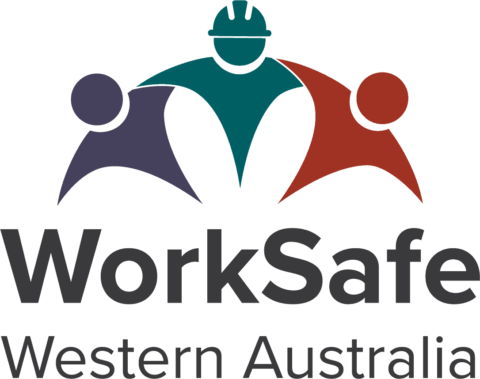A mine operator with systems in place to reduce the risks associated with psychosocial hazards in its workplace received several reports of sexual harassment involving an experienced worker.
The experienced worker claimed that the conversations had been “reciprocal”.
Findings
The mine operator investigated both the specific allegations and its broader systems for managing inappropriate workplace behaviours. After identifying opportunities to strengthen its systems—addressing power imbalances, isolation risks and professional boundaries—the mine operator implemented on-site improvements, which included:
- Introducing additional supervisory check-ins to ensure that all workers, particularly new or vulnerable groups—such as culturally diverse, neurodivergent or LGBTQIA+ employees—have safe and accessible channels for raising concerns.
- Reviewing risk registers and re-engaging with groups with higher psychosocial risk profiles to strengthen controls.
- Reducing isolation, improving oversight and increasing check-in frequency because many of the inappropriate conversations and behaviours occurred in operator cabs during paired work tasks.
- Reinforcing behavioural expectations, clarifying what informed consent looks like in conversation and reissuing training on the distinction between intent and effect in workplace conduct.
Takeaways
- Review and test behavioural controls, particularly following incidents or changes in work groups, to ensure expectations are clear, training remains effective and supervision is adequate.
- Engage health and safety representatives, managers and workers in open dialogue to identify gaps in understanding or emerging risks.
- Strengthen leadership capabilities so that managers recognise psychosocial hazards and launch early interventions, thereby reducing the onus on workers to initiate complaints.
- Maintain strong oversight of roles involving training, mentoring or isolated work, where power imbalances and reduced visibility can elevate the risk of inappropriate behaviours.
Summary
This case is a good example of a mine operator that had systems in place relating to harassment prevention but recognised that continual reviews and improvements are necessary, particularly following worker reports. A respectful workplace depends on not only clear policy but also consistent leadership, active supervision and a shared understanding of appropriate conduct. The mine operator’s actions strengthened these elements and reduced the risk of sexual harassment incidents in the future.

